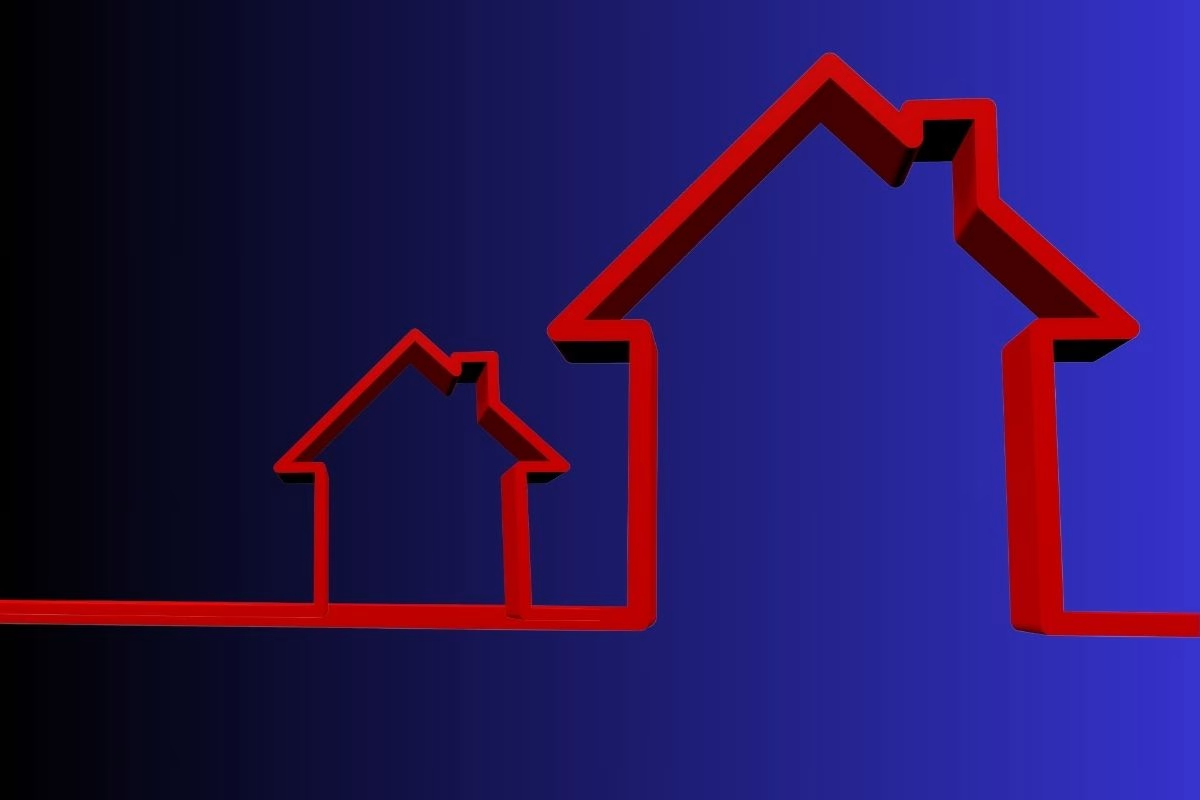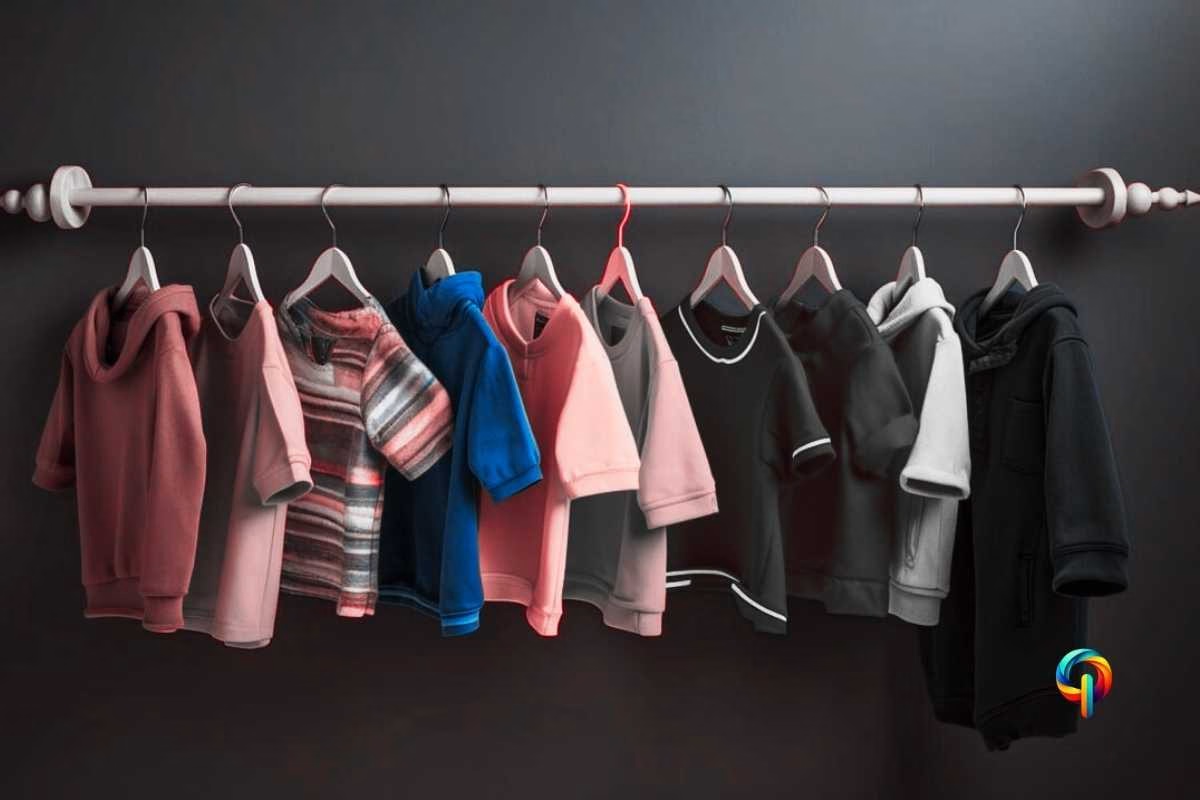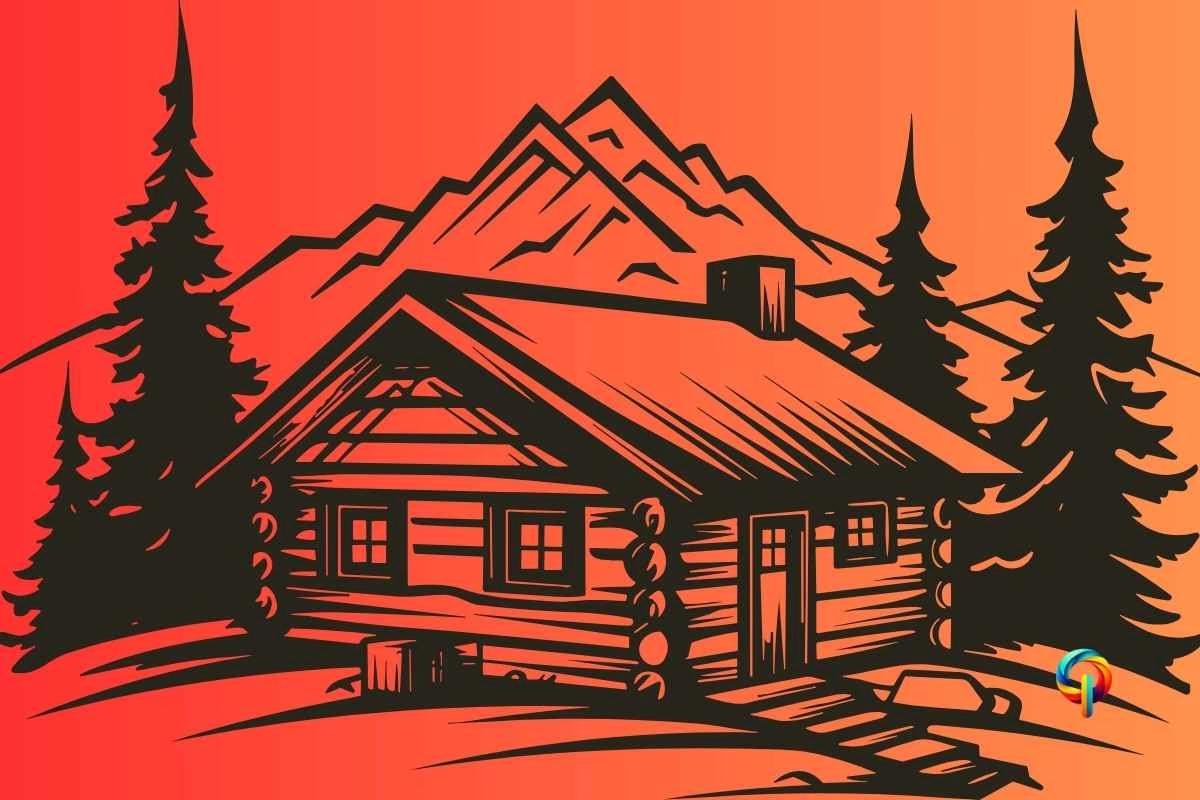
The provided text is an article exploring modular homes as a solution for affordable and sustainable housing.
It details what modular homes are, their advantages (speed of construction, cost-effectiveness, customization, energy efficiency, and durability), and the challenges (zoning regulations, transportation, and site preparation). The article also examines the role of modular homes in addressing global housing needs and promoting environmentally friendly building practices, forecasting their significant impact on future housing markets.
Finally, it includes a FAQ section answering common questions about modular home construction and ownership.
You would hear it:
Contents Of The Article
How Are Modular Homes Revolutionizing Affordable Living?
Let’s talk about The future of housing—because it’s looking pretty exciting. Modular homes are shaking up the housing industry, offering a fresh, innovative way to live that’s not only affordable but also eco-friendly.
Imagine a home that’s built in a factory, delivered to your lot, and assembled in days—sounds like something out of a sci-fi movie, right?
But it’s real, and it’s here to stay.
As the world grapples with rising housing costs and environmental concerns, modular homes are stepping up as a game-changing solution. They’re customizable, energy-efficient, and built with precision that traditional construction just can’t match. Plus, they’re designed to reduce waste and save time, making them a win-win for homeowners and the planet.
In this article, we’re diving into the world of modular homes—what they are, why they’re gaining popularity, and how they’re shaping the future of affordable and green living. Whether you’re dreaming of a cozy cottage or a modern family home, modular homes might just be the answer you’ve been looking for.
So, let’s explore why these homes are more than just a trend—they’re the future.
What Are Modular Homes?
Imagine getting a high-quality home built in a fraction of the time without all the hassle of traditional construction. That’s exactly what modular homes offer!
A modular home is a type of prefabricated home, meaning it’s built in sections (modules) inside a factory-controlled environment. These sections are then transported to the construction site, where they are assembled like a puzzle to create a fully functional, permanent home.
Unlike conventional homes, which are built entirely on-site and exposed to weather delays, labor shortages, and material waste, modular homes follow an off-site construction process. This makes them a faster, more cost-effective, and eco-friendly housing solution.
We should also know about “The Inspiring Journey Of Human Shelter: From Caves To Modern Marvels”
Why Are Modular Homes Becoming So Popular?
Modular homes are becoming increasingly popular because they offer a combination of speed, efficiency, customization, affordability, and durability.
One of the biggest advantages is faster construction—since most modular homes are 80% complete when they arrive on-site, the total build time is reduced from months to just weeks. They are also highly energy-efficient, thanks to high-quality insulation, energy-saving designs, and eco-friendly materials, making them a great choice for sustainable housing. Another key benefit is customization—modular homes are no longer a “one-size-fits-all” solution. Homeowners can fully personalize their floor plans, finishes, and features to match their lifestyle and preferences.
In addition to being affordable, modular construction saves 15-20% in costs compared to traditional houses, as factories buy materials in bulk and optimize labor. Finally, modular homes are built to last—they are designed to withstand transportation stress, making them stronger than many site-built homes.
Whether you’re looking for a cozy countryside retreat, a sleek modern home, or an eco-friendly family space, modular homes offer limitless possibilities without the drawbacks of traditional construction.
Key Features of Modular Homes
🏗️ Factory-Built for Maximum Precision & Quality
Unlike traditional homes that are built outdoors—where unpredictable weather, delays, and construction errors can occur—modular homes are constructed indoors in a controlled environment. This factory setting ensures consistent craftsmanship, as every part of the home goes through strict quality control. Since weather conditions don’t interfere with the process, there are no delays, meaning your home gets completed on time. Additionally, factory precision ensures higher construction standards, with each module built to exact specifications before being transported to the site.
🏡 Customizable Designs for Every Lifestyle
If you think modular homes come with limited designs, think again! These homes offer endless customization options, allowing homeowners to choose styles that match their preferences. Whether you dream of a modern open-concept space, a classic suburban-style house, or an eco-friendly tiny home, modular construction gives you the freedom to personalize everything. You can select from a variety of floor plans, whether you need a small single-story home or a spacious multi-story design. Additionally, you can customize interior finishes, including flooring, kitchen layouts, and bathroom styles. If you’re into smart living, modular homes also support advanced technology features such as solar panels, smart lighting, and high-security systems.
Energy Efficiency in Modular Homes
One of the standout features of modular homes is their exceptional energy efficiency. These homes are built using high-quality insulation, advanced heating and cooling systems, and energy-efficient windows, all of which help reduce energy consumption. Many modular homes are also equipped with solar panels, allowing homeowners to generate renewable energy and lower their electricity bills. Unlike traditional homes, which often have air leaks and poor insulation, modular homes are constructed tightly and precisely, preventing energy loss. This means better temperature control, lower heating and cooling costs, and a more comfortable indoor environment throughout the year. Whether you’re looking to cut down on utility bills or reduce your carbon footprint, modular homes offer the perfect solution for an energy-efficient lifestyle.
🛠️ Quick On-Site Assembly = Faster Move-In
Traditional homes take anywhere from six months to a year to build, but modular homes significantly reduce this timeframe. Since 80-90% of the construction is already completed in the factory, assembling the home on-site takes only a few days to weeks. This means you can move into your new home much faster compared to waiting for a traditional house to be built from the ground up. If you’re looking for a quick, hassle-free housing solution, modular homes offer the perfect alternative.
💰 Cost-Effective Without Sacrificing Quality
One of the biggest reasons people choose modular homes is affordability. Since materials are purchased in bulk, and factory labor is more efficient, modular homes are 15-20% cheaper than traditionally built homes. They also generate less material waste, making them more cost-effective without compromising on quality. Additionally, modular homes are designed for long-term durability, meaning homeowners can expect fewer repair costs over the years.
🔥 Stronger & More Durable Than You Think!
Many people assume that modular homes are weaker than traditional houses, but that’s far from the truth! In fact, modular homes must be built even stronger because they need to withstand transportation stress from the factory to the final site. These homes meet or exceed standard building codes, just like traditional site-built houses. In many cases, modular homes are built with stronger framing materials than standard homes. Some models are even engineered to withstand extreme weather conditions such as hurricanes, earthquakes, and heavy storms, making them just as safe—if not safer—than regular homes.
🚛 Relocatable & Expandable
One of the most unique features of modular homes is their flexibility. If you plan to move in the future, certain modular homes are designed to be relocated, allowing you to take your home with you! Additionally, if you ever need more space, you can expand your home by adding extra modules. This makes modular homes a fantastic option for those who want a home that can grow and adapt to their changing needs over time.
Challenges of Modular Homes
Modular homes come with many advantages, but like any construction method, they also have some challenges. Factors like zoning laws, transportation logistics, and site preparation can create obstacles that homeowners and builders need to navigate. Since modular homes are built in a factory and transported to a site, the process isn’t as simple as just placing a home on land. There are legal, logistical, and structural factors to consider before moving forward. However, with proper planning and knowledge, these challenges can be managed effectively.
🏛️ Regulatory and Zoning Challenges
One of the biggest hurdles for modular home construction is dealing with zoning laws and building codes. Every city, town, or state has its own regulations regarding where and how homes can be built. Some areas still classify modular homes differently from traditional site-built homes, which can lead to delays in approval.
Before purchasing land for a modular home, homeowners must check local zoning rules to ensure modular homes are allowed. Additionally, the permitting process can sometimes be complicated, requiring extra paperwork, inspections, and approvals. Some municipalities also have restrictions on home size, design, or foundation type, making it important to work with local authorities and professionals who understand modular home regulations.
🚚 Transportation and Site Preparation
Since modular homes are built in sections (modules) inside a factory, they must be transported to the final location. This can be a major logistical challenge, especially for remote, rural, or difficult-to-access areas. Large trucks must carry heavy and oversized home modules, which requires special permits and careful planning to avoid problems like low bridges, narrow roads, or sharp turns.
Beyond transportation, the site itself must be properly prepared before the modular home can be placed. This includes clearing the land, laying a strong foundation, ensuring proper utility connections, and meeting site-specific regulations. If the terrain is uneven, rocky, or difficult to access, additional work may be required, increasing both costs and project timelines.
🔎 Overcoming These Challenges
While zoning laws, transportation logistics, and site preparation can be challenging, they are not impossible to manage. Homeowners should research local regulations early, work with experienced modular home builders, and carefully plan transportation and site prep to avoid surprises and extra costs. With the right strategy, modular homes remain a great choice for modern, efficient, and sustainable living.
The Future of Modular Homes in Affordable and Green Living
The housing industry is rapidly evolving, and modular homes are emerging as a key solution for the growing demand for affordable and sustainable housing. With the world facing urbanization, population growth, and environmental concerns, modular homes offer a practical and eco-friendly alternative to traditional housing. Built with efficiency, sustainability, and cost-effectiveness in mind, modular homes are set to reshape the future of urban development and green living.
🌍 Global Trends in Modular Home Adoption
Modular homes are gaining popularity worldwide, from bustling urban centers to remote rural communities. Countries facing housing shortages and rising construction costs are increasingly turning to modular construction as a scalable and efficient housing solution. In places like the U.S., the U.K., China, and Sweden, governments and developers are investing in modular housing projects to provide affordable homes while minimizing environmental impact.
One major factor driving this trend is rapid urbanization. As more people move to cities, the demand for quick and affordable housing has surged. Traditional construction methods often struggle to keep up, leading to high costs and long wait times. However, modular homes, with their fast construction timelines and controlled factory settings, provide an efficient solution to meet the growing housing needs.
In addition, disaster-prone areas are exploring modular housing due to its durability and resilience. Since these homes are built to withstand transportation stress, they often have stronger structural integrity than conventional homes, making them ideal for earthquake-prone or hurricane-hit regions.
🌱 The Path to a Sustainable Housing Future
As the world moves toward sustainable living, modular homes are playing a key role in green building innovations. With a focus on energy efficiency, waste reduction, and eco-friendly materials, modular homes are helping lower carbon footprints and create a more sustainable future.
Unlike traditional construction, where materials are often wasted, modular home manufacturing optimizes resources by using precise cutting methods and recycled materials. Additionally, many modular homes integrate solar panels, smart energy systems, and high-performance insulation, reducing energy consumption and utility costs.
Climate resilience is also a big factor in the future of modular homes. With increasing concerns over climate change and extreme weather, modular homes are being designed to be more adaptable and disaster-resistant. Some models even incorporate off-grid solutions, making them self-sufficient in remote areas where energy and water resources are limited.
🔮 What’s Next for Modular Homes?
As technology advances, modular homes will become even more customizable, efficient, and accessible. 3D printing, AI-driven design, and smart home technology will further enhance the modular construction process, making it easier for homeowners to create affordable and eco-friendly living spaces.
With governments and industries recognizing the potential of modular housing, it’s clear that this innovative building method is not just a trend—it’s the future of housing. As more people seek affordable, sustainable, and fast housing solutions, modular homes will continue to redefine modern living in the years to come.
Frequently Asked Questions About Modular Homes
1. What are modular homes?
Modular homes are prefabricated houses that are built in sections (modules) inside a factory-controlled environment and then transported to the final location for assembly. Unlike traditional site-built homes, modular homes offer faster construction, consistent quality, and customizable designs, making them a popular choice for modern housing.
2. How do modular homes differ from mobile or manufactured homes?
While all three types of homes are built off-site, modular homes are permanent structures that must meet local and national building codes, just like traditional homes. In contrast, manufactured homes (formerly called mobile homes) are built to HUD standards and placed on a chassis, making them transportable. Modular homes are not mobile—once assembled, they are fixed in place.
3. Why are modular homes considered affordable?
Modular homes are often 15-20% cheaper than traditional homes because they are built in bulk, reducing material costs and labor expenses. Additionally, factory production minimizes waste, weather delays, and unexpected expenses, making them a cost-effective housing option.
4. Are modular homes energy-efficient?
Yes! Modular homes are designed with energy efficiency in mind. They often come with high-quality insulation, energy-efficient windows, airtight construction, and smart home technology to reduce heat loss. Many modular homes can also be equipped with solar panels, LED lighting, and energy-saving appliances, leading to lower utility bills.
5. Can modular homes be customized?
Absolutely! Unlike the myth that modular homes are all the same, they actually offer tons of customization options. You can choose from various floor plans, layouts, finishes, roofing styles, and smart home features to create a home that suits your lifestyle and preferences.
6. How long does it take to build a modular home?
One of the biggest advantages of modular homes is their quick construction time. Since 80-90% of the home is built in the factory, the on-site assembly can be completed in just a few days to a few weeks—a fraction of the time needed for traditional home construction, which can take 6-12 months or more.
7. What are the challenges of modular homes?
Despite their benefits, modular homes come with some challenges. Zoning laws and building codes may vary by location, making it necessary to check local regulations. Transporting large modular sections can also be complicated, and site preparation (foundation work, utilities, etc.) needs to be handled before installation.
8. Are modular homes durable and long-lasting?
Yes! Modular homes are actually built stronger than traditional homes because they have to withstand transportation stress. They use reinforced framing, high-quality materials, and precision engineering to meet or exceed standard building codes. Some modular homes are even designed to withstand hurricanes, earthquakes, and extreme weather conditions.
9. Do modular homes hold their value over time?
Yes, modular homes appreciate in value just like traditional homes—provided they are well-maintained and located in a desirable area. Unlike mobile homes, which may depreciate over time, modular homes are permanent structures and can increase in value just like any other real estate investment.
10. Can modular homes be relocated?
While some modular homes are designed for relocation, most are meant to be permanent structures. However, certain modular designs allow for future expansions or additions, meaning you can add extra modules later if you need more space.
11. Are modular homes a good option for off-grid or sustainable living?
Yes! Many modular homes are built with eco-friendly materials and energy-efficient systems, making them a great choice for sustainable living. They can be designed with solar power, rainwater collection, composting toilets, and passive heating/cooling for those looking to live off-grid.
12. Can you get a mortgage for a modular home?
Yes, modular homes are eligible for traditional mortgages just like site-built homes. Since they are considered real property, banks and lenders offer the same financing options, including FHA, VA, and conventional loans. However, financing for modular homes placed on leased land may have additional requirements.
13.What is the future of modular homes in the housing market?
Modular homes are expected to reshape the future of affordable and sustainable housing. With rising construction costs and a demand for eco-friendly living, modular homes provide a fast, cost-effective, and environmentally friendly solution. Many experts predict that technology-driven innovations, such as 3D printing and smart home automation, will make modular homes even more advanced, customizable, and energy-efficient in the coming years.
Wrapping It Up: The Future is Modular!
Modular homes are no longer just an alternative—they are becoming the future of housing. With their cost-effectiveness, quick construction, energy efficiency, and sustainability, they provide an innovative solution to modern housing challenges. From reducing environmental impact to offering custom designs and smart home features, modular homes prove that you don’t have to compromise on quality, affordability, or style.
As urban populations grow and the demand for green living rises, modular homes will continue to reshape the housing industry. Governments, developers, and homeowners alike are recognizing their potential to solve housing shortages, lower costs, and reduce carbon footprints. With technology-driven advancements, modular homes will only become smarter, stronger, and more sustainable in the future.
So, whether you’re looking for an eco-friendly dream home, a cost-effective housing solution, or a futuristic, customizable living space, modular homes are paving the way for a better, greener, and smarter future! 🚀🌍





